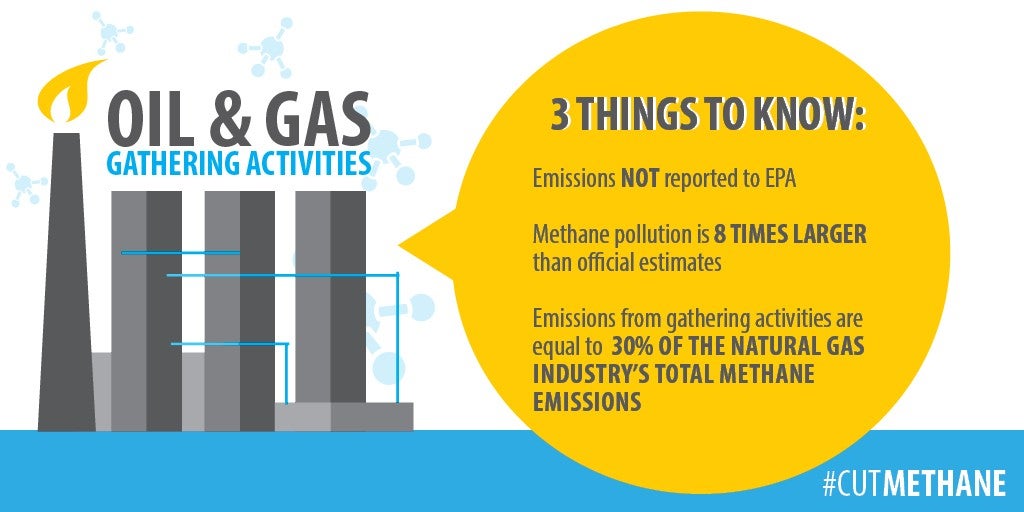 More than a hundred frightened local residents packed a room at the Porter Ranch Community School for three hours last week, looking for answers about the foul stench caused by a massive natural gas leak nearby. Southern California Gas Company’s Aliso Canyon natural gas storage facility has been leaking vast amounts of noxious gas into the air for two weeks, with still no end in sight.
More than a hundred frightened local residents packed a room at the Porter Ranch Community School for three hours last week, looking for answers about the foul stench caused by a massive natural gas leak nearby. Southern California Gas Company’s Aliso Canyon natural gas storage facility has been leaking vast amounts of noxious gas into the air for two weeks, with still no end in sight.
Environmental health risks abound
The familiar rotten-egg smell of mercaptan – which utilities add to the normally odorless gas – hangs in the air for at least a mile, a pungent reminder of the potential health, safety and environmental risks of the uncontained airborne spill. Natural gas is mostly methane; a powerful pollutant that contributes to smog formation and global climate change, packing 84 times the warming power of carbon dioxide in the first 20 years it is in the atmosphere. Aliso Canyon is the largest natural gas storage site in the Western U.S., operating under intense injection pressures and holding huge amounts of methane. Read More














